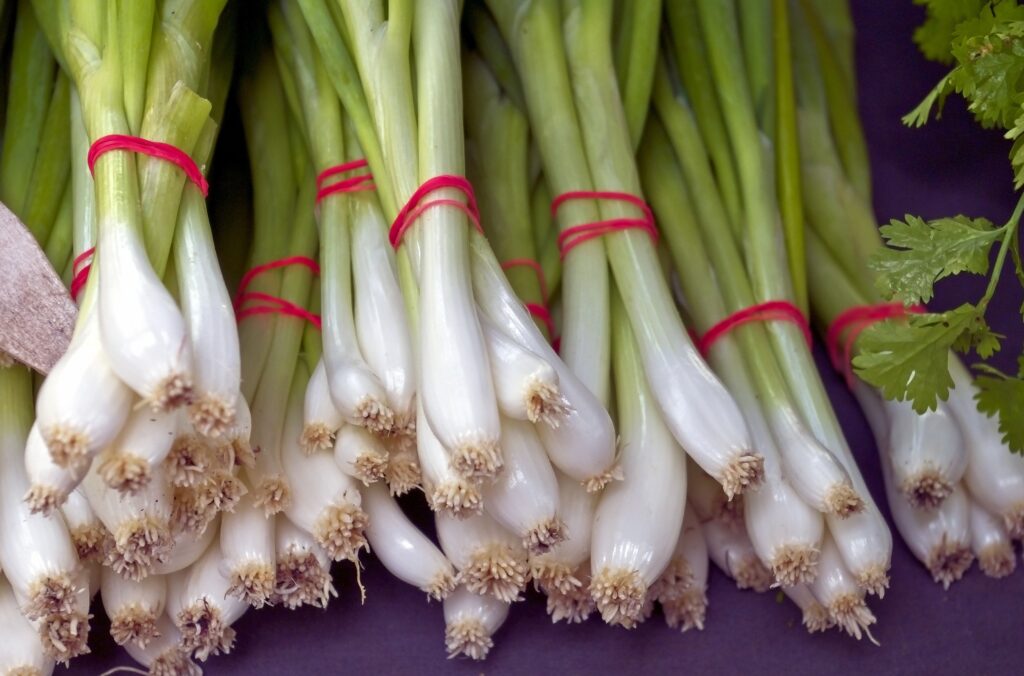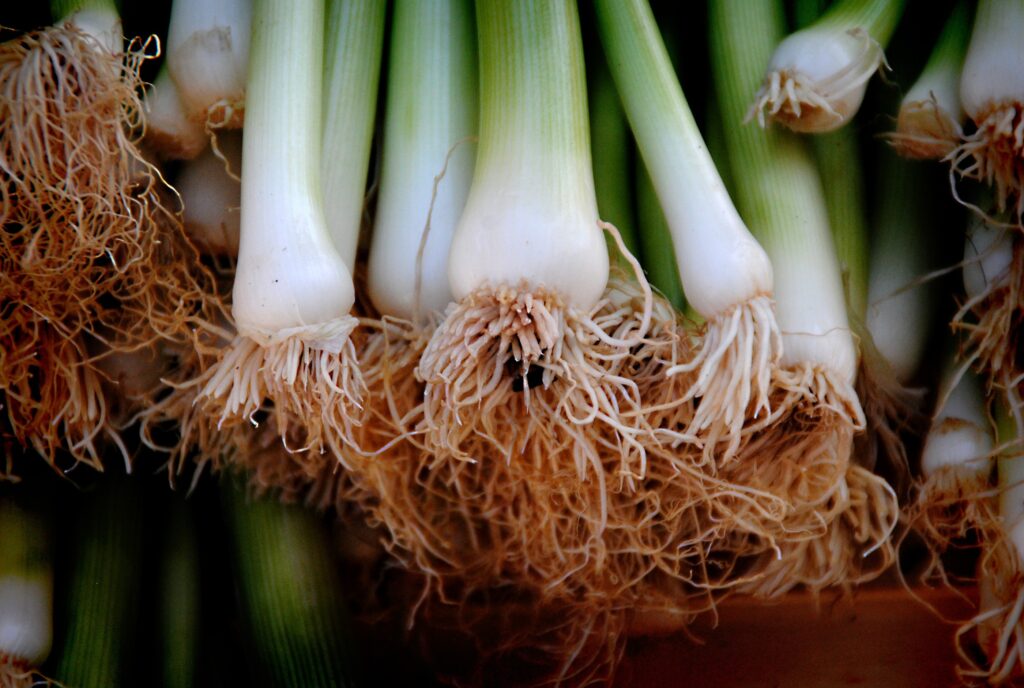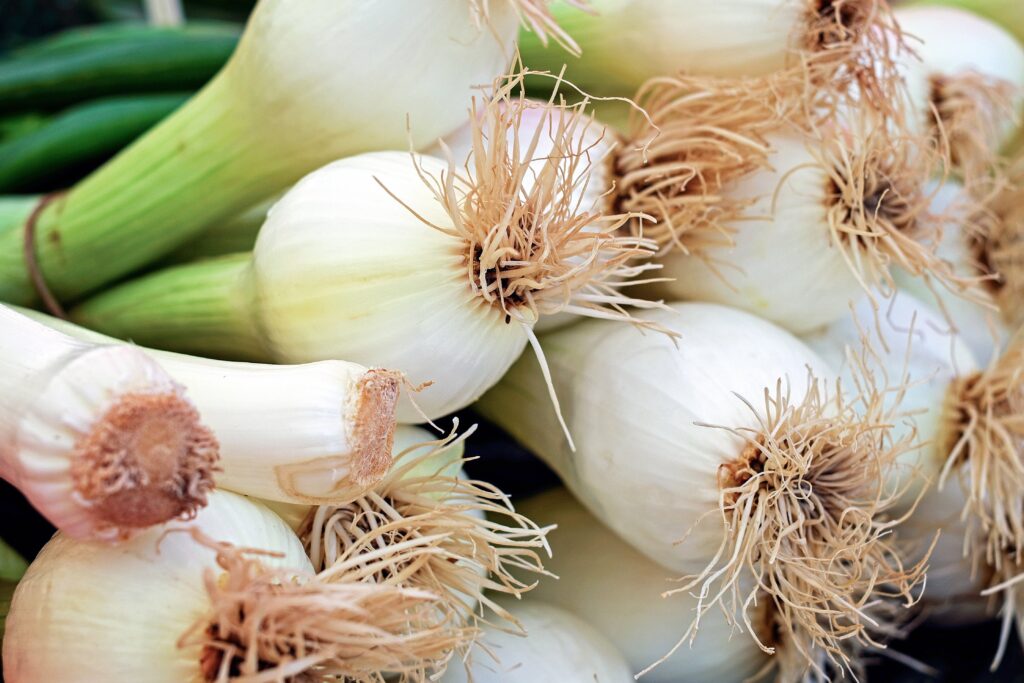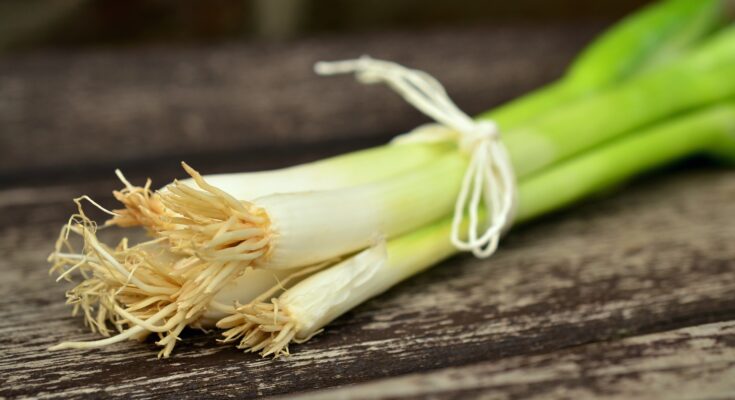Free, edible food gathering might be a rewarding way of connecting with nature. Among the many edible plants one may find in nature, foraging wild onions could be an exciting and tasty hobby. Everywhere respected by foragers way and large for their unique style and strong scent, wild onions are everywhere paraphrased. Except for cooking spices, they are easy to see and abundant in several regions. Safely and respectfully preserving the environment, this handbook can help you to find, collect, and consume wild onions.
What Are Wild Onions?
Wild onions same family as garlic, chives, and leeks. Once planted, these wild family members of domestic onions grow naturally in fields and even your back yard and forests. Native to North America, wild onions thrive on open ground, disturbed sites, and grassy fields. Although there are many kinds, among the most frequently foraged plants are Allium canadense (commonly known as Canadian onion or prairie garlic) and Allium vineale (wild garlic).
Wild onions are prized for their strong onion flavor and can uses as a synthetic onion alternative in cooking. The plant’s blooms, bulbs, and leaves are all fit for eating. Hunting wild garlic might improve your cooking abilities and help you to develop a more sophisticated appreciation of the wealth of nature.
How to Identify Wild Onions
Suitable identification is vital when foraging wild onions because they can easily be mistaken for toxic look a likes such as death camas or star-of-Bethlehem. Here are several key characteristics of wild onions to help you realize you’re picking the right plant:
. Smell: Wild onions have a strong smell of garlic or onion. this can be the most definite means of verifying their identity.
. Leaves: The leaves are long, slim, and hollow, similar to green onions. They cultivate in clumps and may curl slightly at the tips.
. Bulbs: The bulbs are small and covered with a thin, papery skin. From white to faint pink, their color changes.
. Flowers: Wild onion blooms are white or light pink and come in groups. Their flowers come early summer or late spring.
Permanently avoid plants without the characteristic aroma of onion or garlic as these are also toxic.

The Perfect Time and Place for Foraging Wild Onions
Wild onions can be foraged throughout most of the year, early spring or late autumn is the perfect season for foraging. The bulbs on the plants are well formed and presently very fragrance. They easy to find since wild onions appear in spring as some of the main green plants after winter.
Look near your house among open fields, grasslands, and silvan areas for wild onions.
Where foraging need to ensure your harvest is fit for consumption, always pick clean, pesticide-free environment far from roadways, factories, or busy sites.
Methods for Harvest Wild Onions
Foraging wild onions provides a straight forward and enjoyable experience. Accountable performance runs as follows:
1. Classify the Plant : By checking the strong smell of the wild onion, be sure you have found it all.
2. Harvest Gently: Use a small trowel or your hands to gently loosen the soil around the plant. Carefully pull the entire plant out, including the bulb.
3. Leave Some Behind: Always leave some of the wild onions from one group to stimulate property growth. Allow a few of species to keep on reproducing and growing.
4. Clean on site: Remove more topsoil and throw away any damaged leaves. This can help you to manage your production rather easier.
When you’ve collected your wild onions, give them a thorough rinse at home to remove any remaining dirt.
Cooking Uses of Wild Onions
Wild onions square measure extremely handy and balance many different types of dishes. A little goes a long way given their rigidity in comparison to many house types. Here are a few popular ways to enjoy them:
. Soups and Stews: For a lavish, savoring taste, stir wild onions into soups and stews.
. Salads: Let the salads have a sharp, oniony feel by means of the plants and blossoms.
. Sautéed Dishes: Sear meat or vegetables with wild onions for a wonderful meal.
. Herb Butter: Chop wild onions very and mix them with softened butter for a delicious spread.
. Pickling: To make bitter pickles, preserve alliums.
Whether you are experimenting with gourmet dishes or just getting ready a regular dinner, wild onions square measure a perfect complement for your kitchen.

Safety Tips for Foraging Wild Onions
Though foraging wild onions is usually acceptable, there several cautions to be mindful of:
. Avoid Lookalikes: Understand deadly plants along with liliaceous species and bulbous plant to avoid unwitting ingestion.
. Test in Small Amounts: If it’s your first time eating wild onions, try a small amount to confirm you don’t have an allergic reaction.
. Harvest Carefully: Observe property hunt by taking only what you would like and working hard enough for the plant to regenerate.
. Examine Local Regulations: Certain places have laws against foraging on public land, therefore always check local rules prior to starting.
Advantages of Foraging Wild Onions
A side from their cooking appeal, wild onions offers many environmental and health benefits:
. Nutritional Value: Wild onions abound in antioxidants, vitamins A and C, and minerals like iron and calcium.
. Immune Boosting: Like other members of the Allium family, wild onions have immune-boosting properties and may help reduce infection.
. Sustainable Food Source: Foraging wild onions offers a sustainable means of using fresh, native food without relying on commercial farming.
Foraging with together suggests outside investigation and mindfulness, thereby stimulating one’s connection with nature.

Conclusion
Foraging wild onions is inspiring as it allows one to live in a house manner and sample the customs of the country. One will right away recognize these sharp, pungent plants, harvest them, and use them in many dishes. Properly identifying wild onions and following ethical hunting techniques will help you to enjoy the many advantages of these natural resources. Whether you are a close forager or a curious tyro, the domain of wild onions kindly welcomes you. Happy foraging!
FAQs
1. How could I identifying wild onions safely by means of what approach?
Wild onions have long hollow leaves, little bulbs, and a strong garlic or onion fragrance. Repeatedly rely on the smell examination to prevent damaging imposters such uploaded plant, which have no particular fragrance.
2. Square measure there any poisonous plants that seem as if wild onions?
Surely, wild onions will complement poisonous plants like liliaceous plant and bulbous plant. Often, the most difference is that the aggressive strains lack a garlic or onion fragrance.
3. Can I eat the leaves and flowers of wild onions?
Absolutely! Wild onions flowers and leaves are regularly eaten and used to spice up soups, salads, and other meals.
4. Where is the best place to forage for wild onions?
Open fields, meadow, timberland borders, and upset soils square measure all usual habitats for wild onions. Keep well beyond roadways and places treated with pesticide for a safe harvest.



